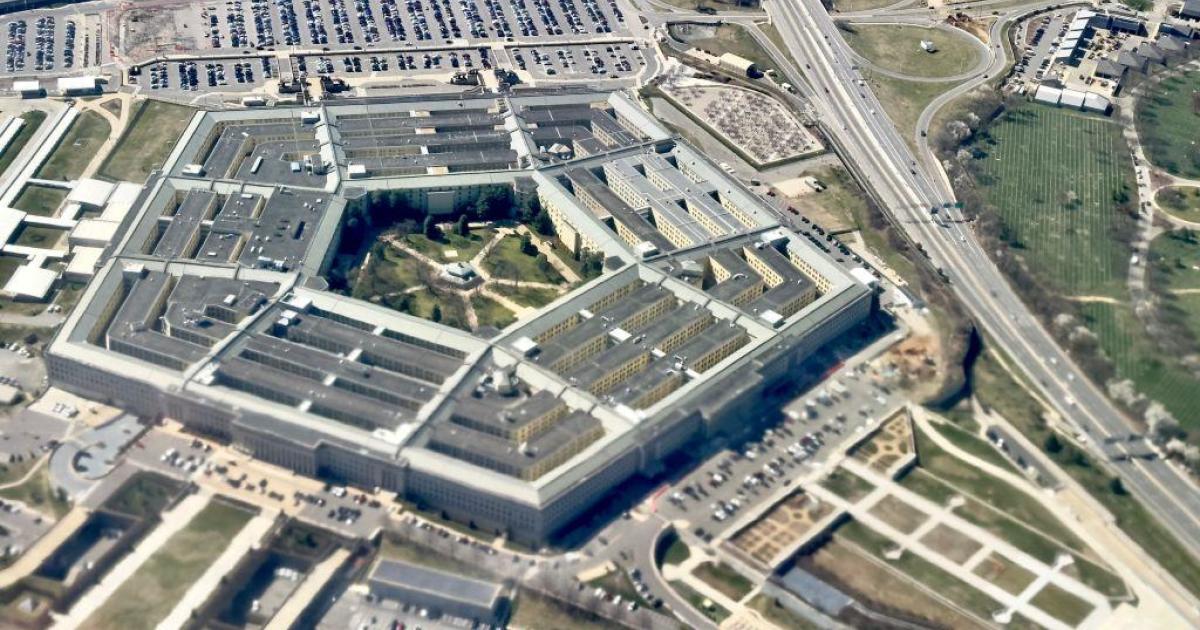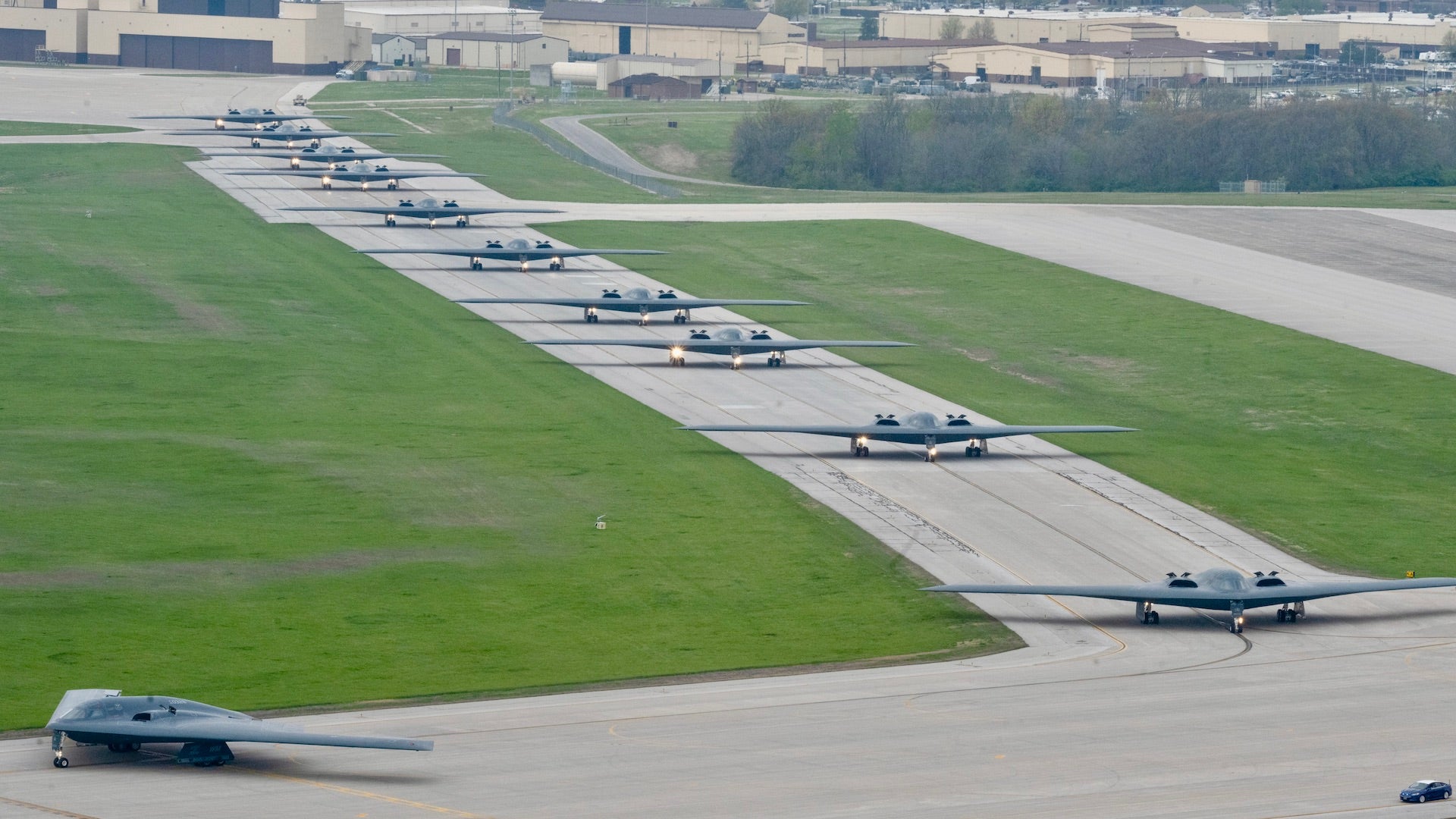US to Boost Output of Bombs Designed to Hit Underground Nuclear Facilities
- Ammo plant in Oklahoma will produce up to four times as many
- Bomb could penetrate buried nuclear sites in Iran, North Korea
An Army ammunition plant in southeast Oklahoma is being expanded to at least triple monthly production of the US’s biggest non-nuclear bomb, a weapon often invoked in debates about a potential attack on deeply buried nuclear facilities in Iran or North Korea.
The 30,000-pound Massive Ordnance Penetrator, known as a bunker-buster, can be dropped only from a B-2 stealth bomber. It’s far bigger than the unguided 2,000-pound (900-kilogram), explosives that the Biden administration has postponed sending to Israel out of concern for civilian casualties in its war to defeat Hamas in Gaza.
The facility under construction at the 70-square-mile (181-square-kilometer) McAlester Army Ammunition Plant will significantly increase production as needed, the Air Force said in a statement. Officials at the facility told Bloomberg News during a March tour by General Charles Brown, chairman of the Joint Chiefs of Staff, that equates to completing as many as six or possibly eight bombs per month, up from two currently.
McAlester personnel fill bomb casings with explosives and load the warhead and fuse.
Boeing Co. makes the bomb’s tailkit, which provides navigation.
The Army has described the new bomb assembly area at the Oklahoma plant as a “state of the art facility that has the ability to support the production of 2,000-to-30,000-pound assets as well as providing flexible” explosive “mixing options needed for future requirements.” It’s scheduled to be completed by late spring to early fall, according to the service, with a ribbon-cutting ceremony scheduled for July 30.
A separate program to test a new “Large Penetrator Smart Fuse” for the bomb has been on hold because of “contract challenges that affected the ability to construct targets” to evaluate the improvement, the Pentagon test office said in its latest assessment of weapons programs.
The Massive Ordnance Penetrator “is a very important weapon” for US Central Command as well as Europe and the Indo-Pacific region, Frank McKenzie, a retired Marine Corps general who led Central Command, said in an email. It “ensures that we can target extremely well-protected underground facilities, wherever they are located.” He said that it “contributes significantly to our ability to achieve deterrence against nations such as Iran.”
Its importance is demonstrated by General Brown, who keeps a fragment from a test firing of the bomb in his Pentagon office.
Read More:
More 30,000-Pound ‘Bunker-Buster’ Bombs Sought for US Forces
Iran has the largest underground program in the Middle East “to conceal and protect critical military and civilian infrastructure throughout the country,” according to the Defense Intelligence Agency in a 2019 report on its military. Iran maintains that its extensive nuclear program is intended for peaceful uses.
North Korea, China
In a separate 2021 report, the Pentagon intelligence agency said North Korea’s underground facilities are “the largest and most-fortified in the world,” with thousands of them “intended to withstand” US bunker-buster bombs.
Separately, China’s military “maintains a robust and technologically advanced underground facility program to conceal and protect all aspects of its military forces,” the Pentagon said in its most recent China military report.
In addition to its low-profile task assembling bunker-busters, the Oklahoma plant plays a role in supplying Ukraine with 155mm shells and air defense weapons. Although no artillery ammo is produced at McAlester, it’s a key storage, inspection and shipment point crammed with cargo containers and magazines loaded with ammunition. The weapons are shipped over 200 miles (322 kilometers) of railroad track to air or sea transit points within days of a presidential authorization to draw down US stockpiles.
Established in 1943 as a Navy facility before transfer to the Army, the plant is a high-security but bucolic facility with open spaces through which the occasional deer lopes.


 www.cbsnews.com
www.cbsnews.com







